The range of metal materials used for mechanical parts is extremely varied. The ISO 5755, MPIF Standard 35 or DIN 30910 standards indicate the mechanical properties for the standard grades, depending on the composition and density level of the material.
The influence of the density on the mechanical properties differs according to the property studied.
A local densification, via compression or complementary processes, can also allow to increase the mechanical properties of the product.
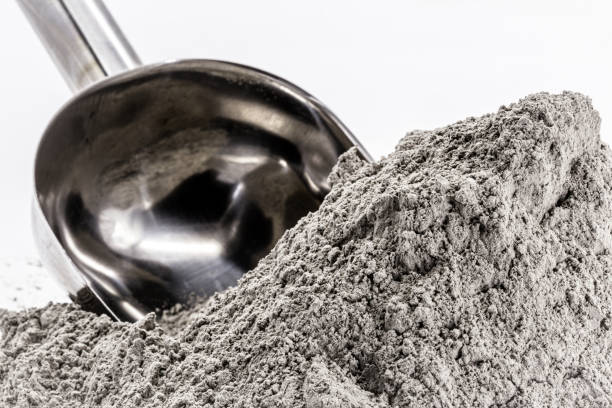
PORAL provides support in the selection of materials
for each application, an appropriated material
Materials
PM traditional steels
Low alloy steels
Treated steels
Stainless steels
Alloying elements
C, Cu, P
C, Mo, Ni, Cr
C, Mo, Ni, Cr
Cr, Ni, Mo, etc.
Key features
High ductility because of liquid phase sintering allowing a quality sizing operation.
High mechanical strength and hardness after rapid cooling, due to their high damability
High surface hardness and high core toughness after case-hardening.
High corrosion resistance, high creep resistance.
Applications
Parts requiring high precision dimensional accuracy.
High performance mechanical parts.
High wear resistance and high tenacity resistance for high-demand parts applications, such as gears. (Cf. figure below)
Operation in oxidising environments, resistance to high temperatures creeping, food industry.
Soft magnetic
Nickel-based alloys (Inconnel, Hastelloy, Monel)
Cooper-based alloys (Bronze, Brass)
P, Si, composites (SMC)
Cr, Fe, Mo, Cu
Sn, Zn
High magnetic permeability and low coercivity. SMC grains are insulated for low Eddy current loss.
Highest corrosion resistance and highest creep resistance.
Low friction resistance, high thermal and electrical coefficient, good corrosion resistance.
Electromagnet applications.
For high demanding applications with severe corrosion environments or high service temperature.
Moderate corrosion resistance, sliding contact, electrical applications.
Behind a material, a powder mix:
The chemical composition is obtained by mixing different powders. The mix is made from elementary powders (Iron, Graphite, Copper, etc.) and pre-alloyed powders. The range of metallic materials used for mechanical parts is extremely varied. The composition and properties of the most commonly used grades are standardized (Standards ISO 5755 or MPIF-Std35).
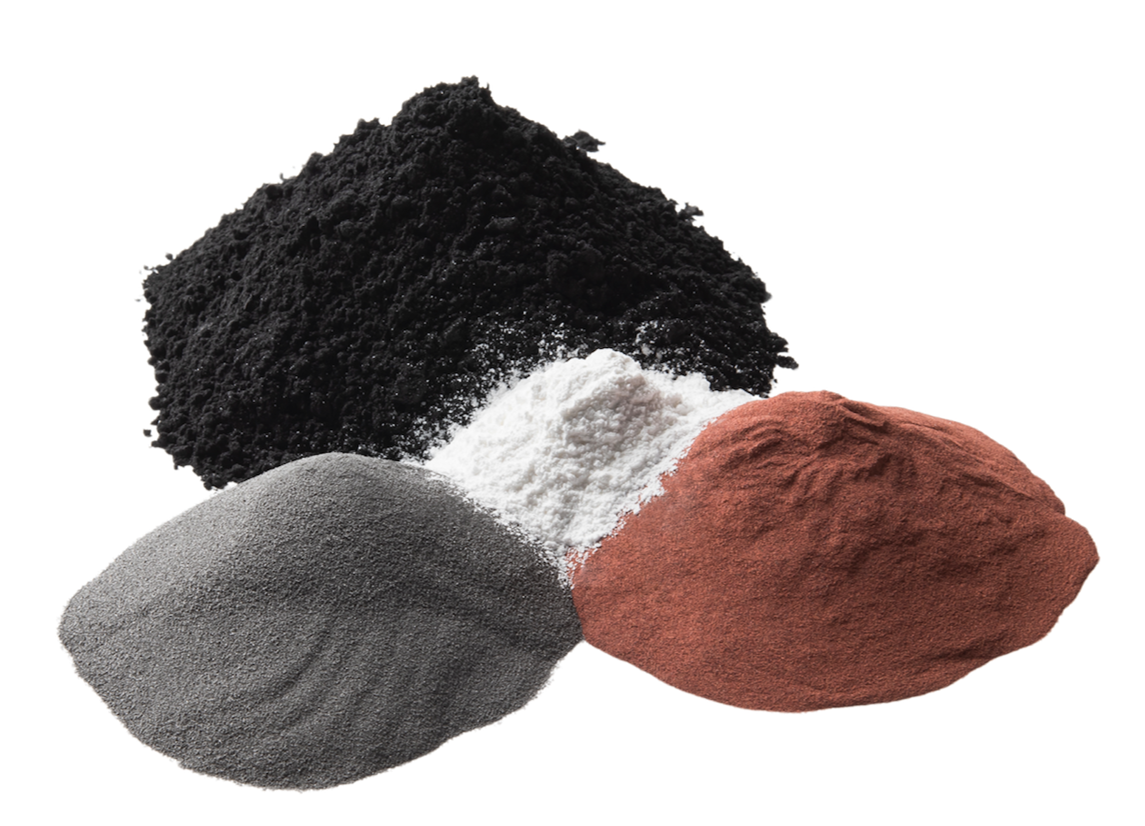
Our Clients :
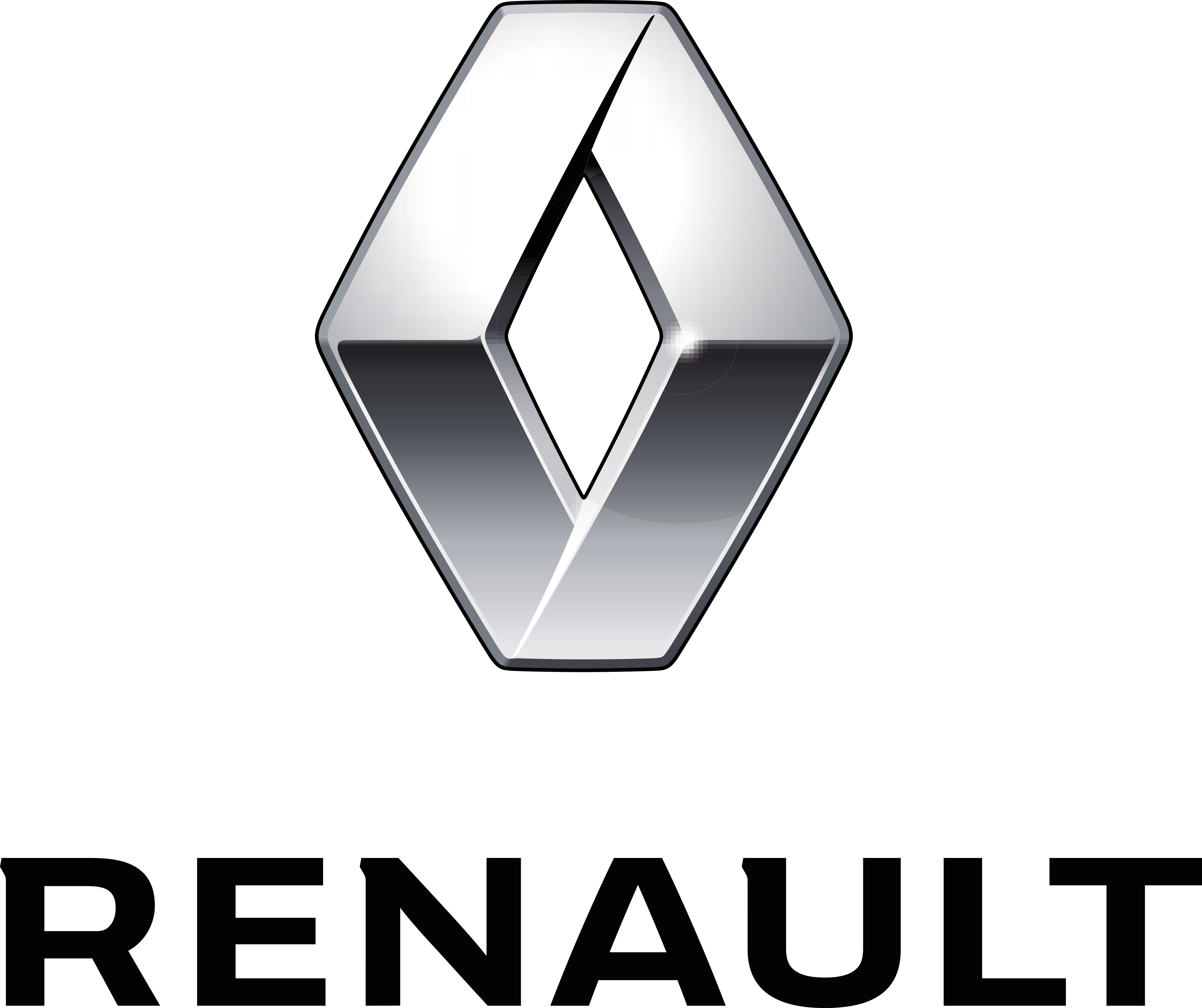
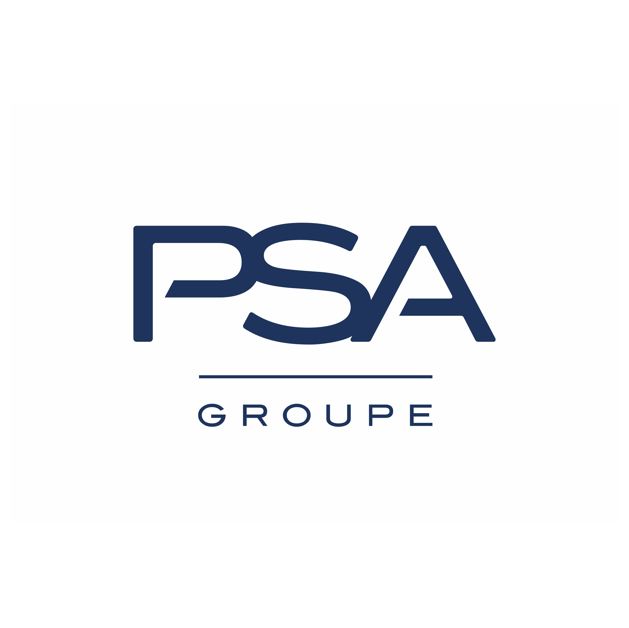
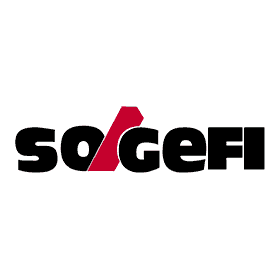
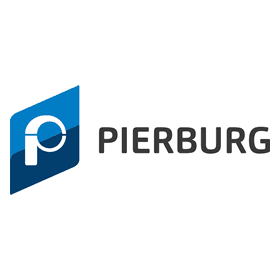
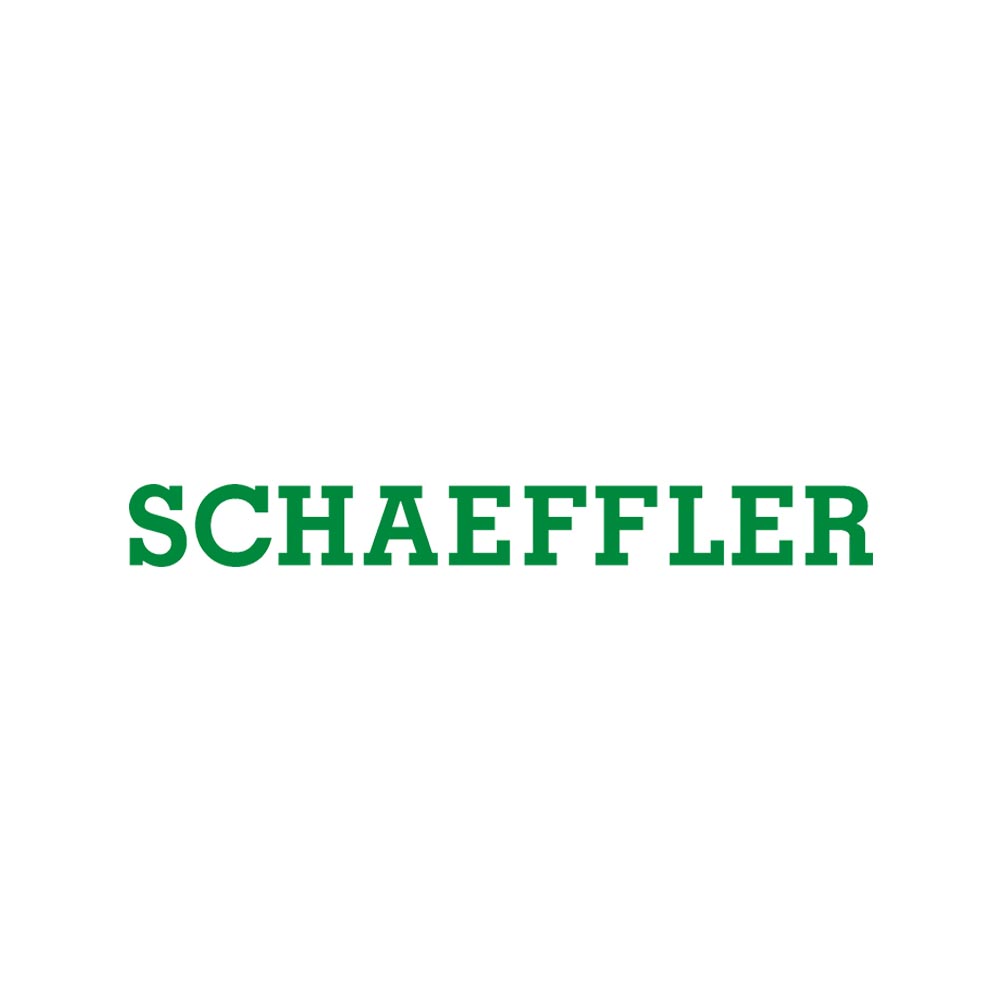
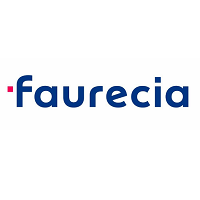

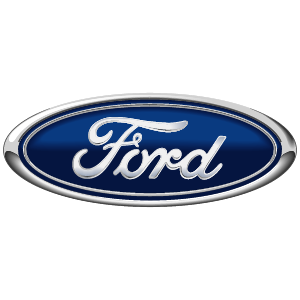










Why choose Poral Oloron Frittage ?

